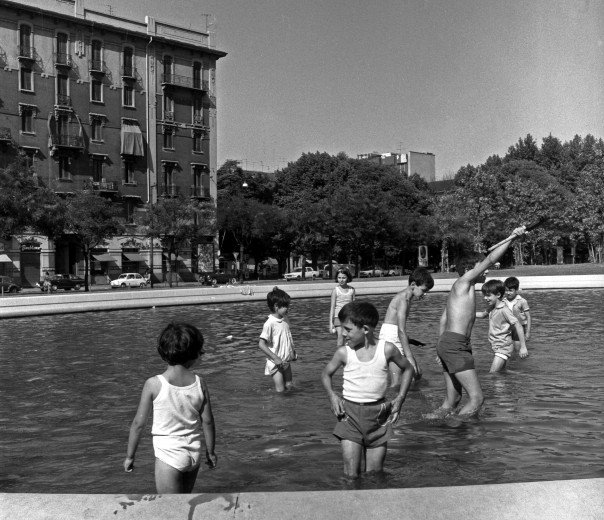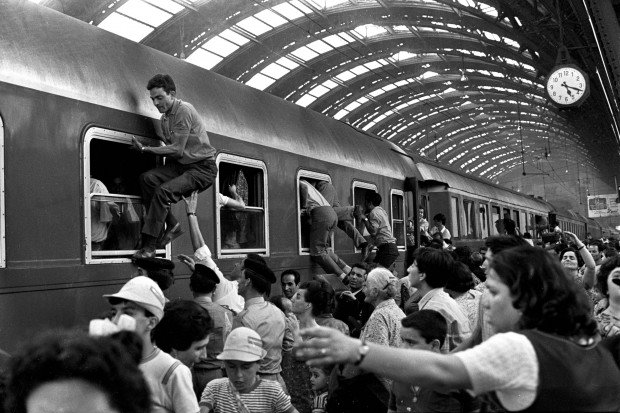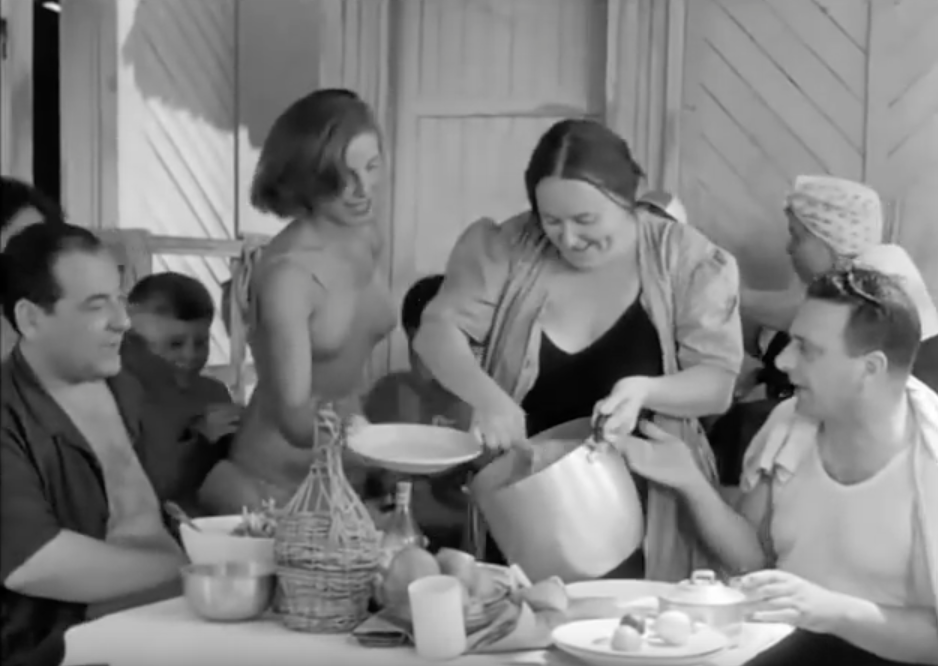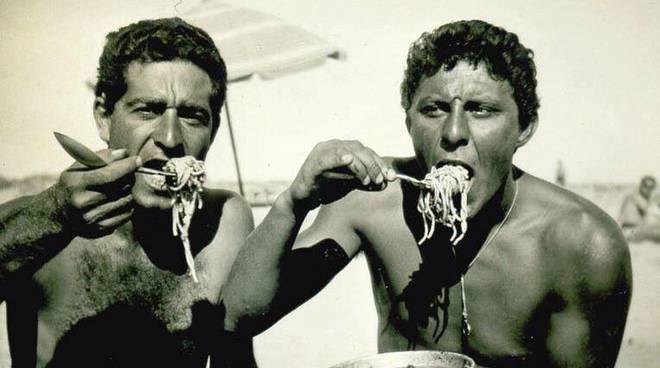This is the thing about Italy: it always feels a bit like a holiday when summer comes.
It starts gently at the end of May, when the days get longer and the working hours get shorter. Windows are left open for the corrente, only for smells of sizzling eggplants and tomatoes to waft out of them. The energy ramps up at the end of June. School is out, the heat increases and so does the buzz. Piazzas are full of chatter on weekday nights and emptied on the weekends, locals opting instead for seaside locales and cooler climates. But the day that screams summer more than any other, the climax of estate Italiana, is August 15th, the day of Ferragosto.
August 15th is when the whole country comes to a standstill, work-wise that is. Cities may feel suspended in time, but coastal locales bump with tormentoni and dancing teens, while families fire up the grill and load it with sausages and steaks in the countryside. Most everyone participates in the hedonistic revelry, which always (always!) culminates in fireworks.
Ferragosto dates back to 18 BC, then known as Feriae Augusti, the “festival” of Emperor Augustus. Back then, the holiday wasn’t just one day, but almost a whole month filled with pagan festivities centered around the end of harvest. From August 13th to 15th, ancient Romans celebrated Diana, goddess of the hunt, adorning their heads (and their dogs!) with flowers and writing wishes on ribbons to be tied to trees; during those days, it was forbidden to hunt. On August 19th, the Vinalia Rustica was held to extol wine–fittingly bacchanalian. On the 21st, the Consualia honored the deity Consus, protector of the harvest. Everyone, even slaves, was allowed to stop working, instead partying and playing games with horses, mules, and donkeys. (The Palio di Siena, the famous horse race held on August 16th, is said to have roots in this celebration.) This string of festivities blurred into a long one, and, since then, August has become the month for holidaying in Italy.


As the centuries went by and new powers rose and fell, other traditions formed. Around the 6th century, once it was the turn of the Catholic Church to run the calendar, August 15th was chosen for the Assumption of Mary, the day Jesus’s mother is said to have ascended to heaven, and, as pagan festivities were replaced, there was no more mention of Diana–at least in name.
Fast forward to the 1930s, and the gita fuori porta (a day out of town) takes hold–an activity endorsed during the early years of fascism through cheap train tickets, allowing even the working classes a day of holiday. With the regime-organized Special Express Trains for Popular Holiday Services, in effect from 1931 to 1939, Italians could buy roundtrip tickets between August 13th and 15th for less than 10 liras (something like 10 euros today). With all public offices closed on the 15th, many grabbed their one chance a year to visit the seaside (or the mountains or the big city), carrying along packed lunches to penny pinch. It was only after the economic boom of the 50s that Italians could afford more elaborate and expensive lunches and the grigliata (grill) became the latest layer to be added to the gregarious festivity.
I spent many a Ferragosto in my parents’ garden, my mom dishing out her infamous pomodori ripieni (tomatoes stuffed with bread and parmesan) and my dad pouring copious amounts of wine to the crowd of friends, family, and neighbors. Lunch always ended with a watermelon, sticky fingers and seeds everywhere, and then the kids were unleashed to play and the parents would chatter the day away. If Italy is good at summer holidays, it isn’t a mere accident: we have a (centuries) long tradition of valuing rest, family, home-cooked food… and a glass or two of wine.







